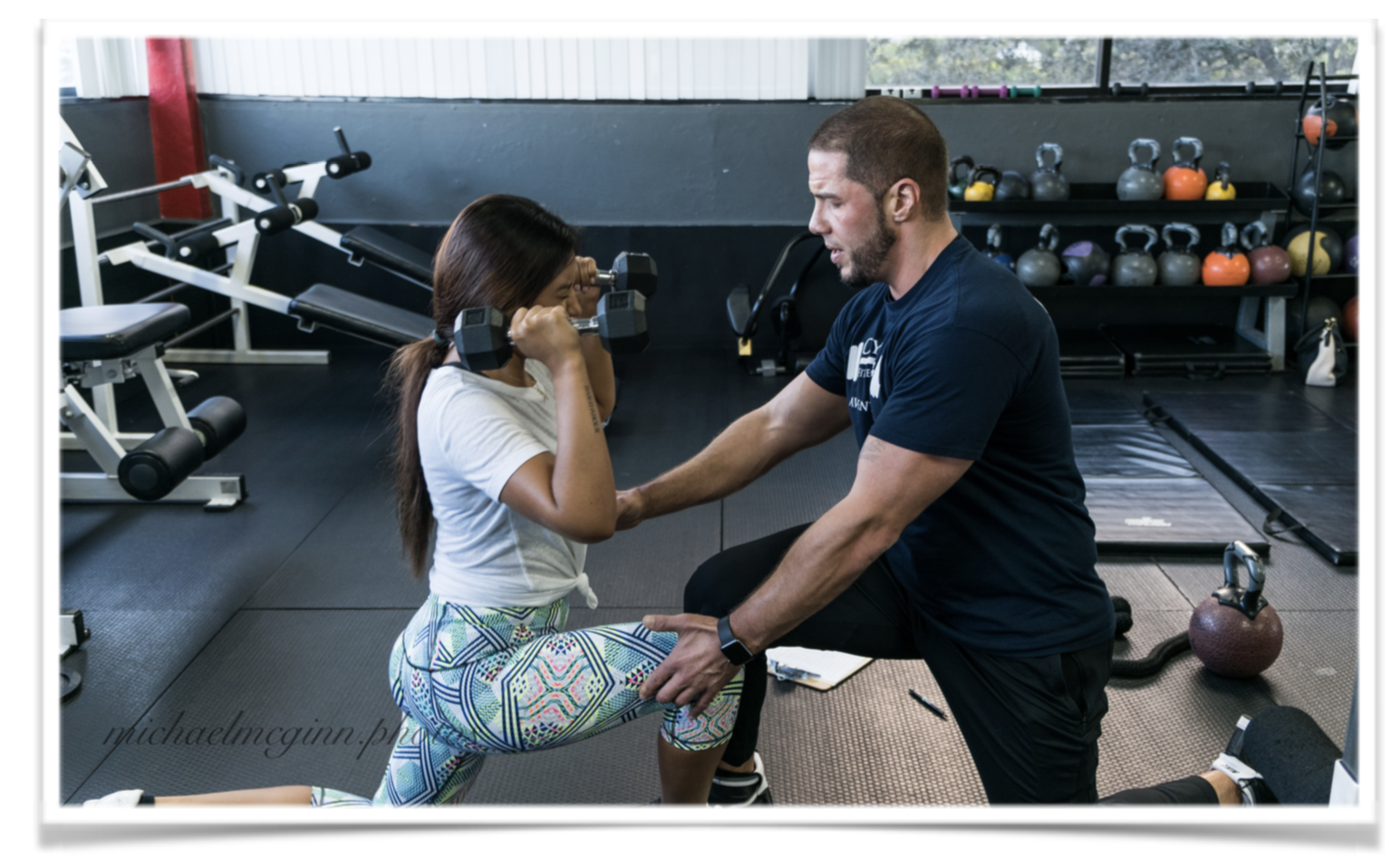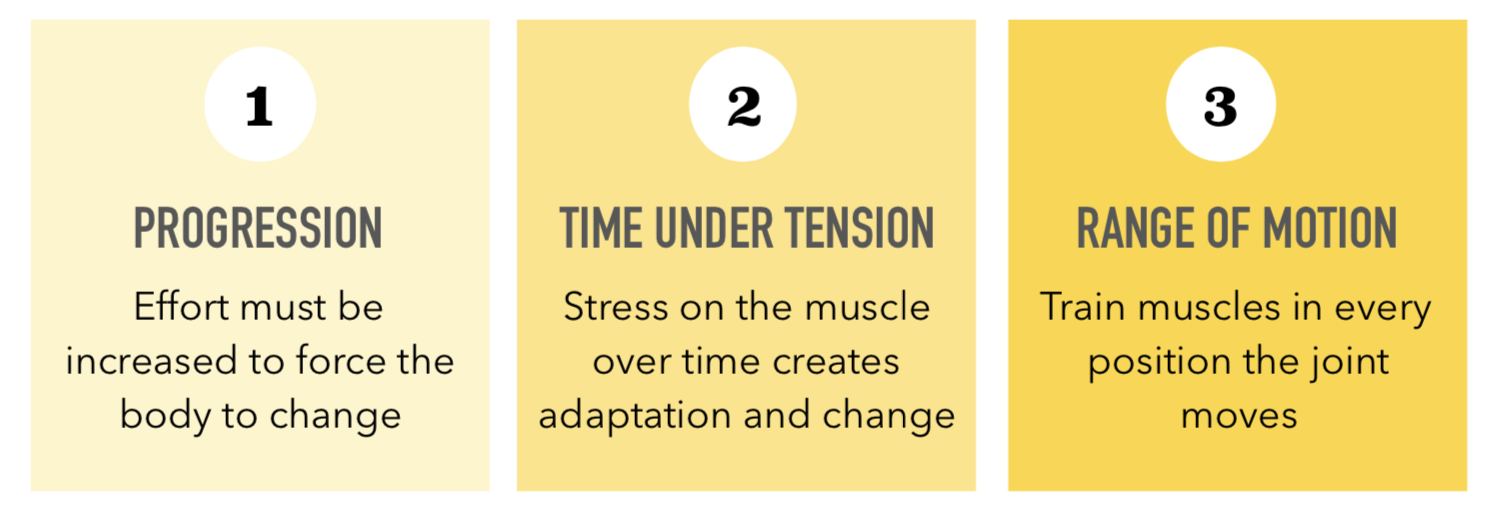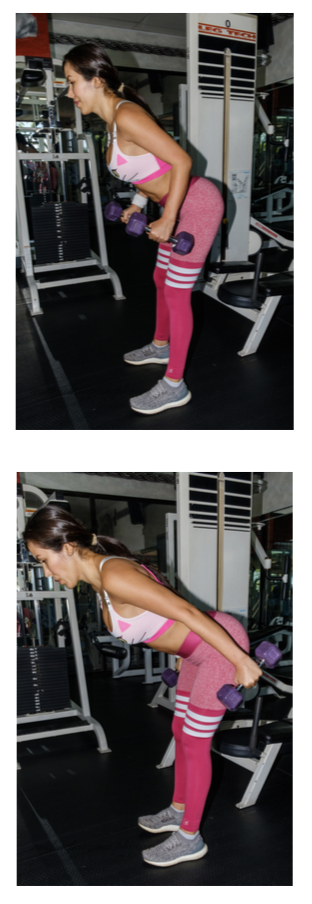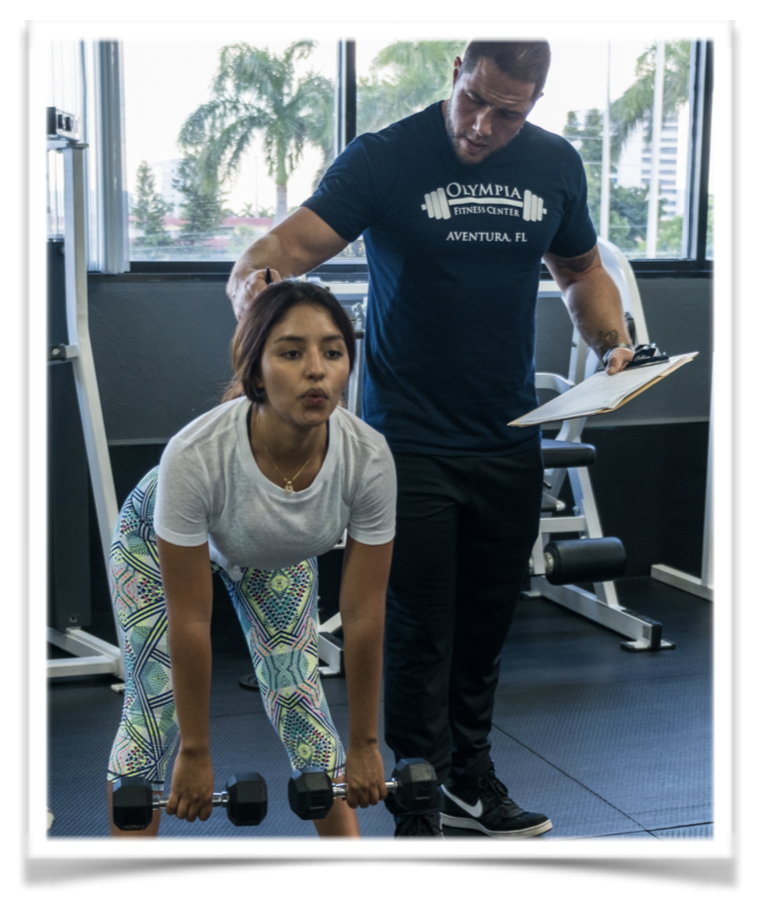
Back To Basics with Training
Personal Training Adds Value To Your Workouts!
We’re all creatures of habit. In the gym it’s difficult not to lose track of basic concepts that form the foundation of our workouts. A personal trainer can show you how to re-structure your routine to incorporate these basic concepts of exercise. Resulting in you moving forward at a faster pace to your goals. We’re going to briefly discuss three principles that you may want to incorporate in your routine:

PROGRESSION
The human body resists change. We’ve evolved over millions of years to conserve energy for emergencies like outrunning angry cave bear. Changing our body shape, and/or it’s performance, requires forcing muscles to adapt to ever increasing stress. Back in the day, to outrun predators we built up speed and endurance gradually by forcing our bodies to get faster by running faster & faster over time. …or becoming a meal. Survival depended upon adapting our body to ever increasing stress. Today, gym routines have replaced our survival instincts to a more subtle approach to exercise. Our goal in the gym is to force our body to change gradually, but progressively, subjecting it to increasing amounts of stress (training). If we consistently do the same amount of work we will not change. Of course, when we first started exercising, we were coming from doing virtually no training to doing some training and the body responded quickly and results come fast, but then the body adapted. We reached a plateau, and we get discouraged.
There are many ways to increase efforts in the gym safely and effectively. It’s not only about lifting heavier weights! Remember it’s effort we’re after, not necessarily, strength. EFFORT can be increased by decreasing rest periods, extending sets, emphasizing negatives, super setting, drop setting, isometric holds, going slower, etc. A knowledgeable personal trainer can show you how to maximize your time in the gym. After all, one never knows if that cave bear will come looking for dinner!
TIME UNDER TENSION
The goal in exercising is to create microscopic tears within muscle fibers (breaking down the muscle). During rest, the body repairs those fibers to be a little stronger to better resist the stress that caused that damage (building muscle). This is how we get stronger, bigger, faster, more endurance, etc. The more damage we can create per unit time… each exercising minute… the greater our results will be. Granted, this damage must be SAFE and EFFECTIVE. Sufficient time also must be allowed for rest, not just resting the muscles damaged. Exercise stresses the whole body and therefore the whole body must be rested sufficiently for the adaptation process to work.
Sustained contraction of muscle fibers over time creates more damage to muscles than intermittent contractions. For example, with alternating dumbbell curls one arm usually rests while the other curls. The total time under tension (TUT) for each bicep muscle is reduced. Therefore, there’s less muscle fiber damage than if you kept both arms moving constantly while you alternated curls. Another example, when lunging the way most people lunge, the legs are usually alternated. Since the front leg is the exercising leg, the other leg ‘rests” after each step.TUT, then, for the muscles involved, is reduced. Increase TUT by consistently putting the same leg out front until you complete your required reps, and then switch to the other leg. Exercise HARDER and SMARTER! A personal trainer can show you how to maximize your efforts!
RANGE OF MOTION
The function of muscle fibers is to pull or push bones around joints to produce movement. But muscle fibers contract either 100% or not at all. So some fibers are used in certain joint positions and others are not. When the joint being used is in another position, other fibers become activated and contact. So at any given time, or more accurately, any given position, not all fibers are contacting. To make sure all the fibers are being activated (damaged, again), the muscle must move the joint throughout the entire range of motion that the joint allows. If the exercising arm or leg is only moved partially though it’s joints range of motion, some muscle fibers are never used (or damaged). This results in loss of strength, or diminished changes in shape, in the fibers not used, resulting in a lack of progress toward goals.

In this photo, a tricep extension is performed incorrectly. Triceps are elbow extensors and the force must directly oppose gravity. Therefore, the triceps are activated ONLY when the forearm extends from being directly perpendicular to the ground to locked out behind the body. The position of the upper body being only slightly leaning forward means that there’s almost half of the triceps fibers that could be activated, NOT being activated. Resulting in the exercise being greatly reduced in efficiency.
In this photo, by leaning over further, the effective range of motion for the tricep is increased, thereby activating more tricep muscle fibers and producing a much more effective exercise.
TRAINER SPOTLIGHT: Mike Silva

Olympia welcomes Mike Silva to our team of professional Certified Personal Trainers. Mike has been training since 2005. He specializes in weight loss, conditioning, lean mass gain and youth training. Mike has an Associates Degree in Exercise Science, and is a sponsored athlete with 1st Phorm Nutrition. His personal certification is with the NFPT.Mike is very driven and motivates clients of ALL levels to achieve goals they always wanted to accomplish. Stop by the Front Desk to book a complimentary session with Mike to experience his energy & enthusiasm!

